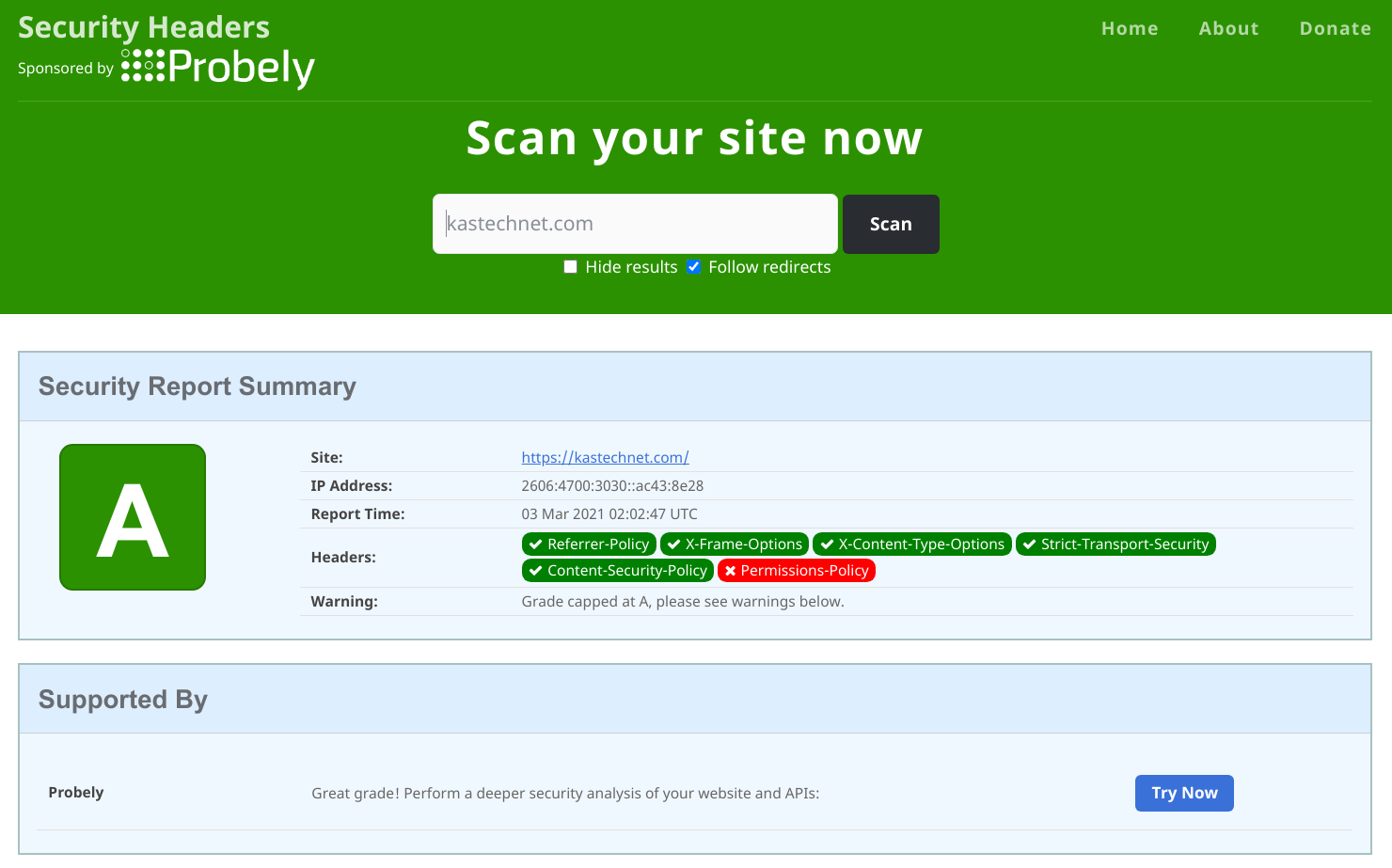
What is a DDoS attack?
A distributed denial-of-service (DDoS) attack is a malicious attempt to disrupt the normal traffic of a targeted server, service or network by overwhelming the target or its surrounding infrastructure with a flood of Internet traffic. DDoS attacks achieve effectiveness by utilizing multiple compromised computer systems as sources of attack traffic. Exploited machines can include computers and other networked resources such as IoT devices. From a high level, a DDoS attack is like an unexpected traffic jam clogging up the highway, preventing regular traffic from arriving at its destination.
How does a DDoS attack work?
DDoS attacks are carried out with networks of Internet-connected machines. These networks consist of computers and other devices (such as IoT devices)which have been infected with malware, allowing them to be controlled remotely by an attacker. These individual devices are referred to as bots (or zombies), and a group of bots is called a botnet. Once a botnet has been established, the attacker is able to direct an attack by sending remote instructions to each bot. When a victim’s server or network is targeted by the botnet, each bot sends requests to the target’s IP address, potentially causing the server or network to become overwhelmed, resulting in a denial-of-service to normal traffic. Because each bot is a legitimate Internet device, separating the attack traffic from normal traffic can be difficult.
How to identify a DDoS attackThe most obvious symptom of a DDoS attack is a site or service suddenly becoming slow or unavailable. But since a number of causes — such a legitimate spike in traffic — can create similar performance issues, further investigation is usually required.
Traffic analytics tools can help you spot some of these telltale signs of a DDoS attack: Suspicious amounts of traffic originating from a single IP address or IP range A flood of traffic from users who share a single behavioral profile, such as device type, geolocation, or web browser version An unexplained surge in requests to a single page or endpoint Odd traffic patterns such as spikes at odd hours of the day or patterns that appear to be unnatural (e.g. a spike every 10 minutes) There are other, more specific signs of DDoS attack that can vary depending on the type of attack.
The goal of the attack:
DDOS attacks attempts to create congestion by consuming all available bandwidth between the target and the larger Internet. Large amounts of data are sent to a target by using a form of amplification or another means of creating massive traffic, such as requests from a botnet. The attacks target the layer where web pages are generated on the server and delivered in response to HTTP requests. A single HTTP request is computationally cheap to execute on the client side, but it can be expensive for the target server to respond to, as the server often loads multiple files and runs database queries in order to create a web page.








